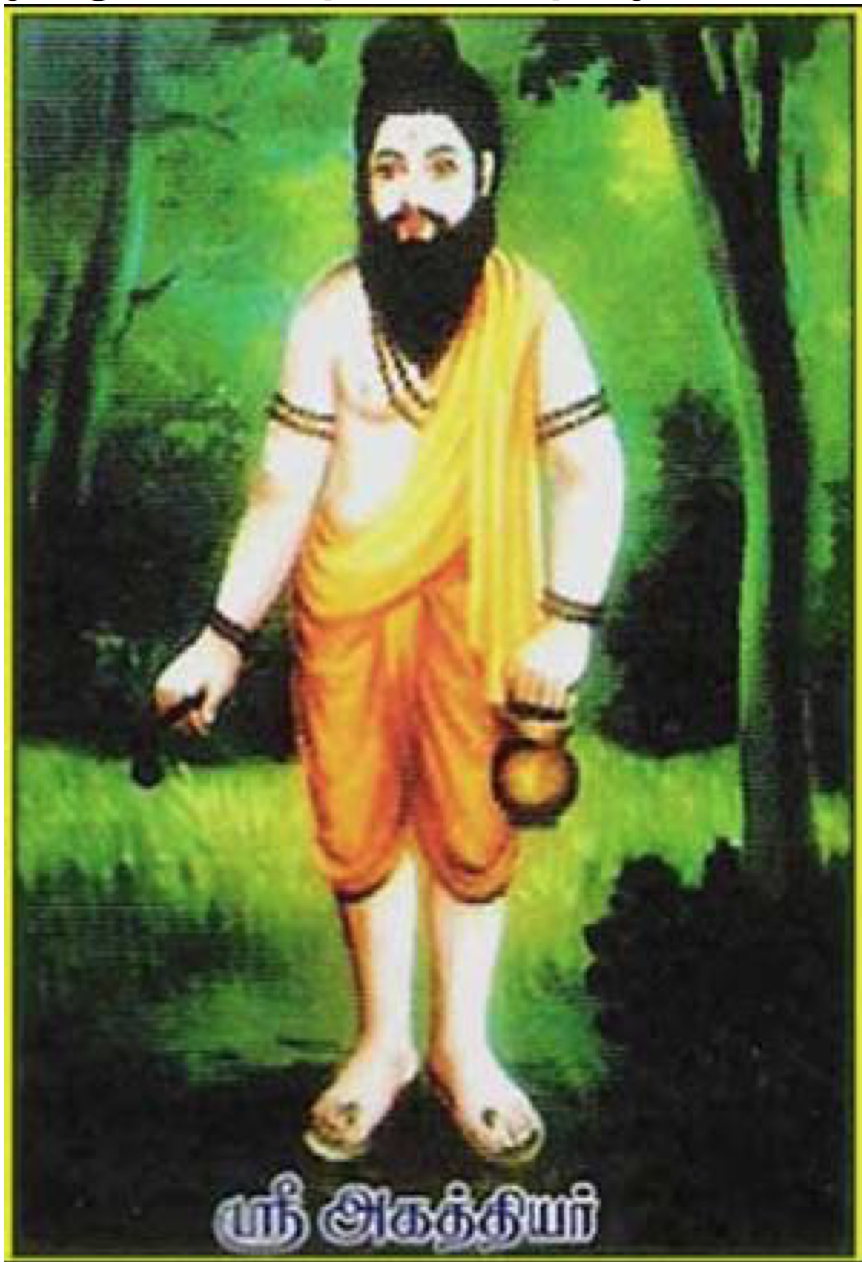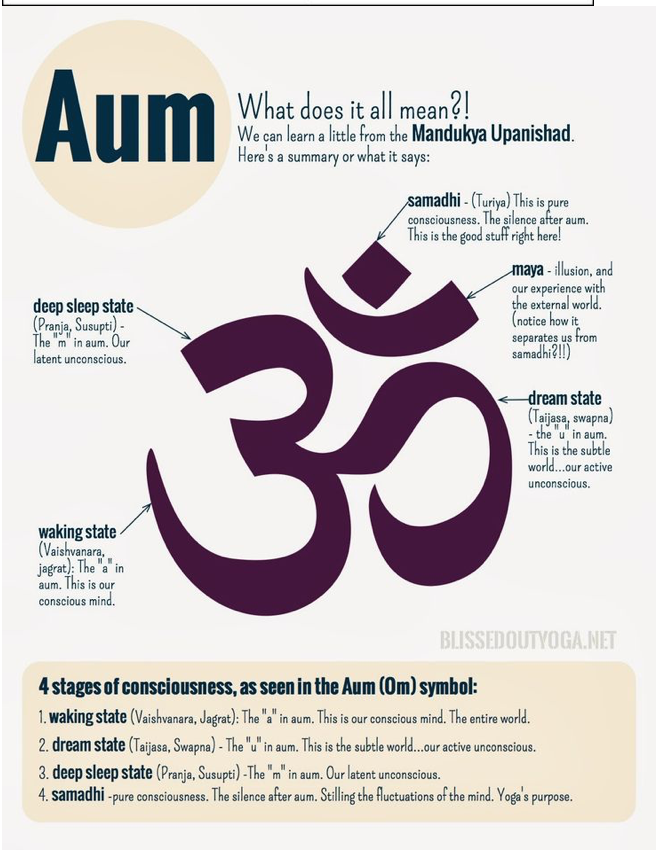integrative medicine
Meditation
Where ever you go, there you are.
– Ramana Maharisihi
The mind is a wondrous power residing in the Self. It causes all thoughts to arise. Apart from thoughts, there is no such thing as mind. Therefore, thought is the nature of mind. Apart from thoughts, there is no independent entity called the world. In deep sleep there are no thoughts, and there is no world. In the states of waking and dream, there are thoughts, and there is a world also.
– Ramana Maharishi
What is meditation?
Meditation is fast gaining recognition worldwide and has numerous benefits. In an age of instant responses via multiple social media, people are overwhelmed. The need to find a balance between life and personal time has never been more crucial for most.
Daily we have around 60 thousand to 70 thousand thoughts (Discover, 2012). Over 90 percent of these thoughts are repetitious. The mind is the link between spirit and body and other states of being such as consciousness, subconscious and superconscious.
There are studies (Ross, 2013; Davis, 2011; Lengacher, 2009; Grossman, 2004; Waelde, 2004; Davidson, 2003) that have documented the impact of negative and positive thinking (thoughts) on the immune system, blood pressure, suicidal ideation, thinking, pain management to name a few.
Meditation is a practice that helps to separate the mind from being constantly in action mode. Ultimately, “meditation is effortless control of the mind whereby you overcome its natural tendency to wander” (Kriyananda, 2002). Meditation is not visualizing and or planning events or items to do. In meditation, example if you meditate for 30 minutes, you may experience maybe 5 minutes of no thought. The more experience you gain as a meditator, the more silence of the mind you will gain plus an understanding of your emotions and its connections to your thoughts.
Personal experiences
In my practice of meditation over 25 years the insights I have gained in meditation are very empowering tools. I have come to realise, only through personal experiences can the truth within be revealed. Reading books will give you knowledge, but will not give you direct experience. It is important to have the desire to know and unlearn, we can access higher states of consciousness. Based on Kriyananda’s teaching , “the mind has three levels. They are the surface mind, inner mind and depth mind. The “surface mind is constantly disturbed, inner mind is calm and depth mind is eternally in samadhi (pure consciousness/bliss)” (Kriyananda, 2012). Daily diligent practice is fundamental to mastering meditation. Daily meditation of 10-15 minutes twice a day is beneficial.
With meditation practice, the person will learn the right response to undertake for their highest good and benefit for all. Meditation also works in tandem with prayers. Praying is one way to speak to higher power, in meditation we receive the answer, once we have stilled the mind and cleared the clutter of thoughts.
It took me many years to know experience and realize that Supreme Consciousness lives in all of us, and we all are reflections of the creator and /or creation. I have learned to trust and honor my higher self. I know my well-being is taken care but I must do my part, be aware of my behavior (if it is detrimental to my goal), open my heart, listen to the feeling that are send my way by the Supreme Consciousness.


Breaking down the symbol OM (AUM)
OM (AUM) is the language of the universe. Om is a simple but potent sound to use in meditation either to repeat it or meditate on the sound of OM.


Passive and Active meditation
There are two types of meditation. In Passive meditation, such as in Yoga, transcendental meditation, breathe-work meditation, rosary meditation, mindful mediation, etc. when you mediate to go within, letting go of the external world and its worries, a few important shifts happen in the brain. This is ‘letting go of the control and survival programming/ego’ we allow the body’s innate inner voice, healing and rejuvenating systems to come to the forefront; we clear the clutter of the thoughts and receive clarity.
The human brain has four frequencies – Beta, Alpha, Theda and Delta. In Passive meditation, gradually the brain shifts to stable and stronger brain frequencies in time with consistent practice. This allows our brains to shift into more stable, stronger brain frequencies (called alpha and theta by scientists) normally reached during sleep.
When we can reduce our brain frequencies to these levels while staying awake we are able to bring the unconscious mind to the conscious level. This allows us to control and harness the power of the unconscious mind.
In Active meditation, some examples are the Holosync Solution, Dr. Wayne Dyer and Jose Silva’s techniques, creates a relaxed mind and using various techniques of visual, auditory and kinesthetic that stimulates right and left brain hemisphere to create new neural pathways to assist to solve your day-to-day problems, improve memory, learn new skills, increase in spiritual practice, improve health to name a few.
What happens when you meditate?
Your brain functions on a small amount of electricity, much like a computer. This electrical current vibrates and pulses at various speeds. When you are wide awake, with your eyes focused, your brain vibrates 20 times per second or 20 cycles per second (Beta frequency).
When you go to sleep, your brain frequency slows down, all the way to about half a cycle per second in the deepest levels of natural sleep. This is known as the Delta level. In between Beta, the waking state, and Delta, the deep sleep state, there are two other levels of mental activity. When you are in a light level of sleep or in meditation you are in the Alpha range, which is 7 to 14 cycles per second. This is the center range and this is what we mean by saying “going to your center”. When you wake up in the morning from a deep sleep you are in Alpha state.
Going to the alpha level or centering is essentially the same thing as meditating. When someone meditates, scientifically, they are simply reducing their brain wave frequency to Alpha. The Alpha level is the level we use to activate our minds. At the Alpha level, feelings of intuition, creative ideas, inspirational thoughts and ideas come to people while at this Alpha level. According to Jose Silva teaching, it is said, “at the Alpha level you can learn to overcome all kinds of problems, such as insomnia, tension and migraine headaches, bad habits, and much more.”
Theta is a level of deeper relaxation or sleep, when your brain waves are at 4 to 7 cycles per second.
The table below summarizes the 4 states of brain frequency.
|
State |
Brain Wave Frequency |
Associated With |
|
Beta |
14 – 21 cycles per second (cps) and higher |
Waking State, the five senses. Perception of Time and Space |
|
Alpha |
7 – 14 cps |
Light sleep, meditation, intuition. No Time & Space limitation. |
|
Theta |
4 – 7 cps |
Deeper Sleep, Meditation. |
|
Delta |
0 – 4 cps |
Deep Sleep. You are unconscious at Delta. |
How to MeditatE?
Some tips for meditation. A quiet environment is important, soft lighting and /or candle, comfortable space, turn off the cell phone volume, and ideally use the same space daily to meditate. Being in the same space daily, allows your mind to become accustomed to the space and the energy in that space is conducive to your bring a calm state of mind.
–Sit erect, keep curve in lower spine or lie down. Sit in a lotus position or on a chair. Do not cross legs if sitting on a chair. Palms placed facing down on thigh or legs. If palm is open, connect index to thumb to center the energy flow in the body.
-In the morning as you awake your mind is in Alpha state. It is perfect to get into meditation before you start your daily chores of self-care.
– Attempt a morning meditation and another meditation in the evening before bedtime. Start for 10 minutes at each session and gradually to 30 minutes.
-Based on yoga teaching, in the morning face the north direction and in the evening face the east. This is to align with the electromagnetic forces of the earth. Sit on a cotton mat, rug or cloth versus synthetic material.
-Meditate on a light stomach or empty stomach. Reduce caffeine beverages an hour before meditation.
– Use various tools such as breathing techniques, rosary beads or mala, music, mantra, incense, focus on heart centre, etc. to help focus the wandering mind.
– In meditation, the mind will wander and it will take months and/ or years to completely disengage from the thoughts. For example for beginners, 30 minutes of meditation may provide 5 minutes of complete freedom from thoughts. This is normal, continue and you will see the benefits with consistent practice.
In summary, in meditation, through my experiences, I believe these are little spaces where Creation, Creator, God, Supreme Consciousness, Absolute, Higher Self enters our lives.
References
I am only the Self: Nisargadatta Maharaj
https://www.youtube.com/watch?v=Uzd0txiRN2E
Ramana Maharishi: Who Am I?
Download at https://www.sriramanamaharshi.org/teachings/instructions/
Who Am I – Ramana Maharshi English Audio Book
https://www.youtube.com/watch?v=J2VcZWypI9c
Kriyananda, G. (2002). The Spiritual Science of Kriya Yoga. The Temple of Kriya Yoga. Chicago, US.
Discover. (2012). Retrieved from http://blogs.discovermagazine.com/neuroskeptic/2012/05/09/the-70000-thoughts-per-day-myth/#.W3sxCOhKjIU
Ross, A. et al. (2013). A National survey of yoga practitioners: Mental and physical health benefits. Complementary Therapies in Medicine. Volume 21, Issue 4, p. 313-323. https://doi.org/10.1016/j.ctim.2013.04.001
Davis, D. M., & Hayes, J. A. (2011). What are the benefits of mindfulness? A practice review of psychotherapy-related research. Psychotherapy, 48(2), p.198-208. http://dx.doi.org/10.1037/a0022062.
Lengacher, C. A. et al (2009). Randomized controlled trial of mindfulness‐based stress reduction (MBSR) for survivors of breast cancer
https://doi.org/10.1002/pon.1529
Grossman, P. et al. (2004) Mindfulness-based stress reduction and health benefits: A meta-analysis. Volume 57, Issue 1, July 2004, p.35-43
https://doi.org/10.1016/S0022-3999(03)00573-7
Waelde, L. et al. (2004). A pilot study of a yoga and meditation intervention for dementia caregiver stress. https://doi.org/10.1002/jclp.10259
Davidson. R.J. et al (2003). Alterations in brain and immune functions produced by mindful meditations. Psychomatic Medicine. 65: p.564- 570.
doi: 10.1097/01.PSY.0000077505.67574.E3
please complete GHIS consultation and training request form.

